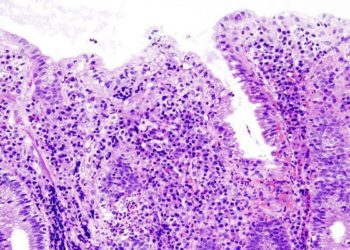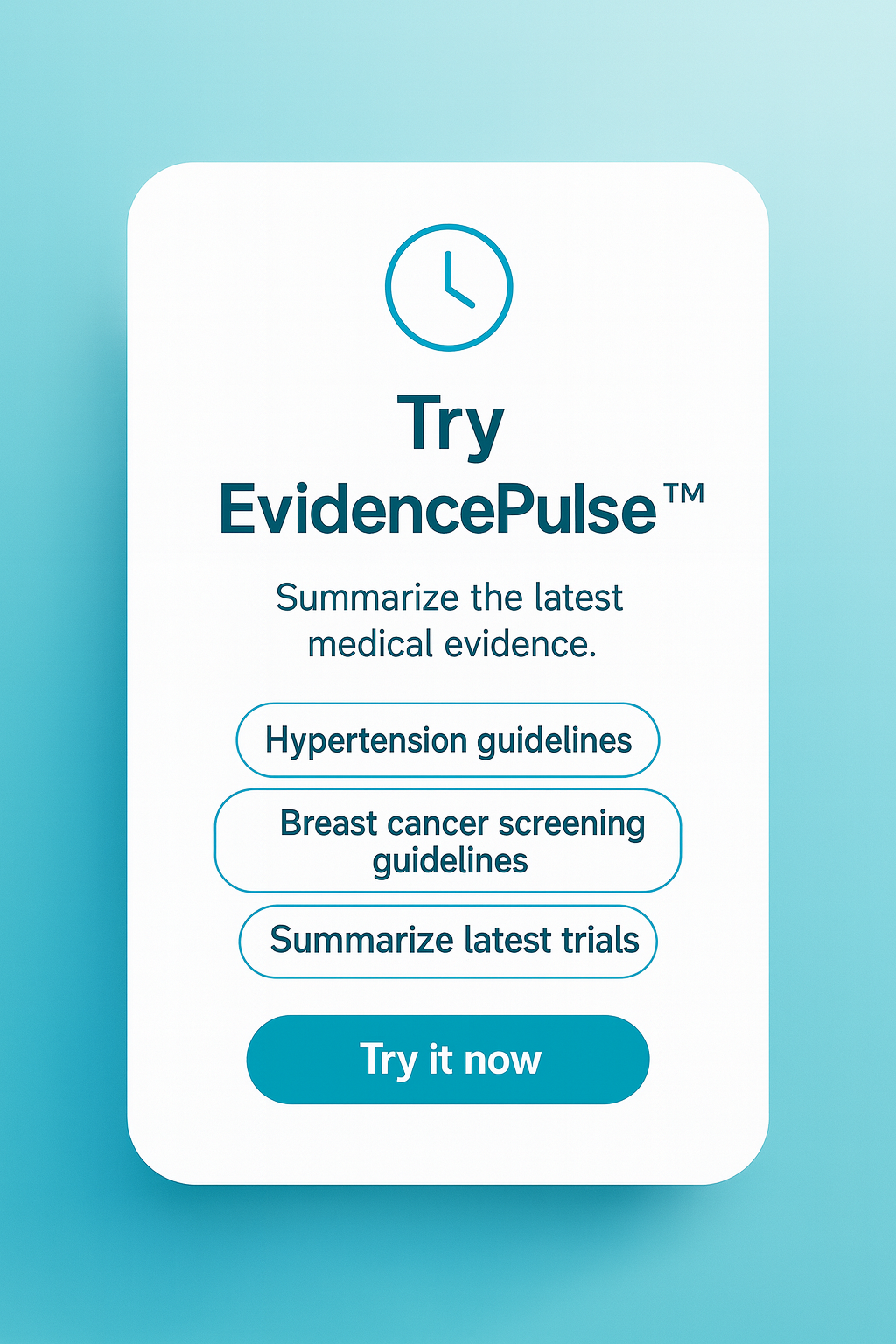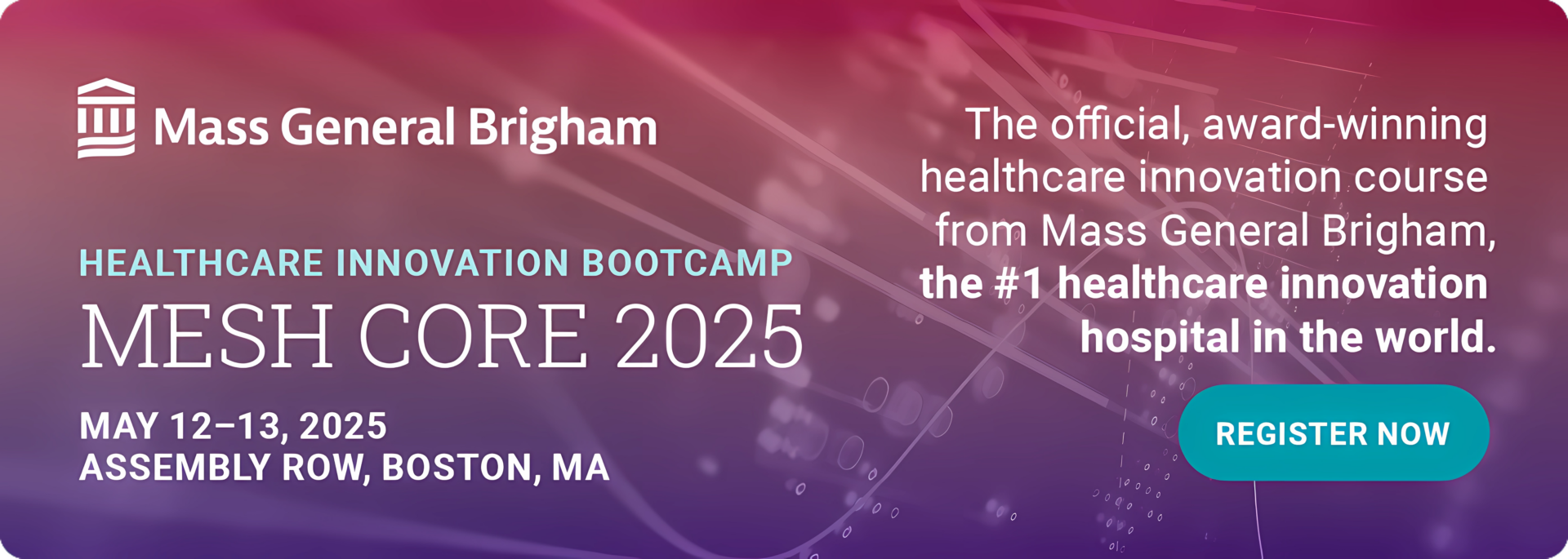Efficiency of remote monitoring and guidance in blood pressure management
1. Remote monitoring significantly reduced systolic blood pressure (BP) compared to usual care (−2.7 mm Hg, p = 0.002), especially in patients with uncontrolled baseline BP who achieved a 17.7 mm Hg systolic BP reduction.
2. Self-monitoring alone did not improve BP control versus usual care
Evidence Rating Level: 1 (Excellent)
Hypertension management remains a critical challenge, with traditional methods like office-based monitoring and self-monitoring showing limitations in long-term efficacy. This multicenter randomized controlled trial compared the effectiveness of remote monitoring, self-monitoring, and usual care in 1,006 hypertensive patients over 24 months. Participants were assigned to one of three groups: remote monitoring (using a cloud-based system with physician alerts for abnormal readings), self-monitoring (manual logging without remote feedback), or usual care (routine clinical management). The primary outcome was systolic blood pressure (BP) reduction. Results demonstrated that the remote monitoring group achieved significantly greater systolic BP reductions (−2.7 mm Hg vs. usual care, p = 0.002) and higher target BP attainment rates (69.65% at 24 months). Notably, patients with suboptimal baseline BP in the remote group saw a 17.7 mm Hg drop in systolic BP. Self-monitoring alone showed no significant benefit over usual care. The remote group also exhibited increased use of calcium channel blockers, diuretics, and combination therapy, suggesting better medication optimization. The study concludes that remote monitoring with real-time clinician feedback enhances BP control, while self-monitoring without additional support is ineffective.
Click to read the study in BMC Medicine
Image: PD
©2025 2 Minute Medicine, Inc. All rights reserved. No works may be reproduced without expressed written consent from 2 Minute Medicine, Inc. Inquire about licensing here. No article should be construed as medical advice and is not intended as such by the authors or by 2 Minute Medicine, Inc.





![2 Minute Medicine: Pharma Roundup: Price Hikes, Breakthrough Approvals, Legal Showdowns, Biotech Expansion, and Europe’s Pricing Debate [May 12nd, 2025]](https://www.2minutemedicine.com/wp-content/uploads/2025/05/ChatGPT-Image-May-12-2025-at-10_22_23-AM-75x75.png)



